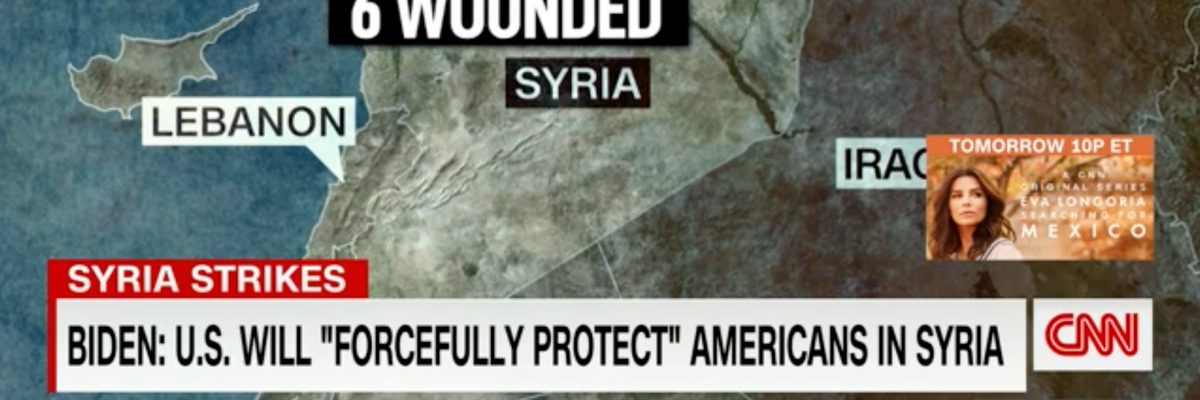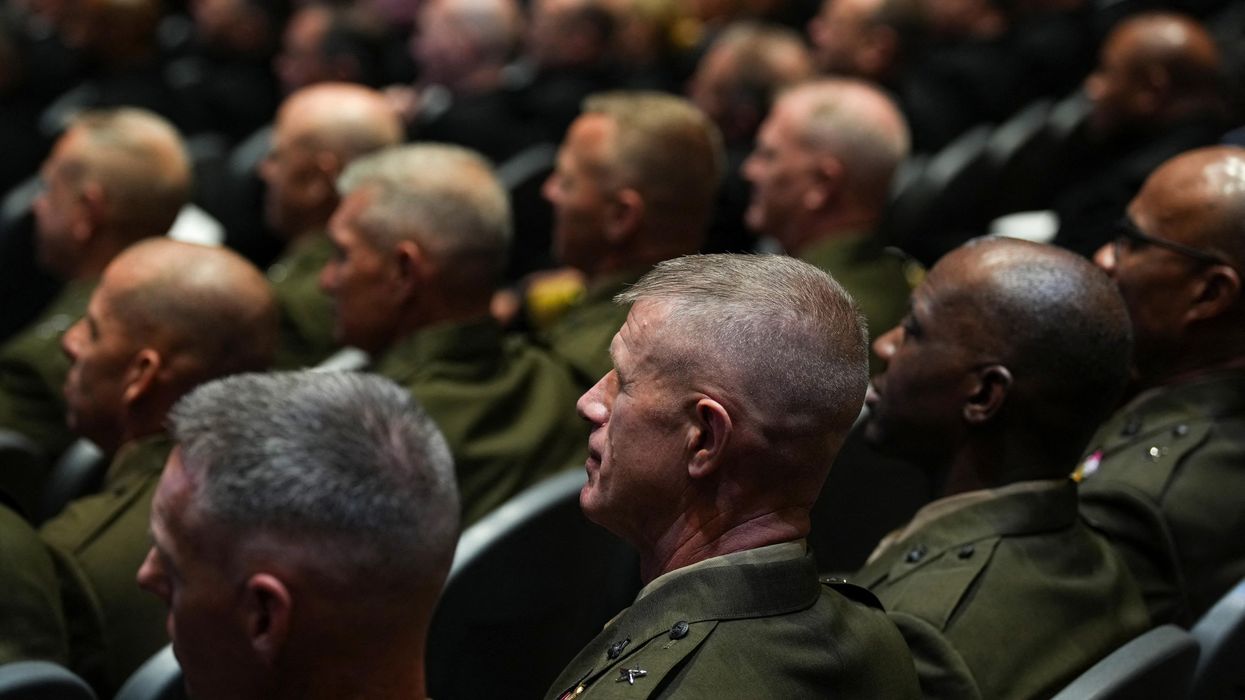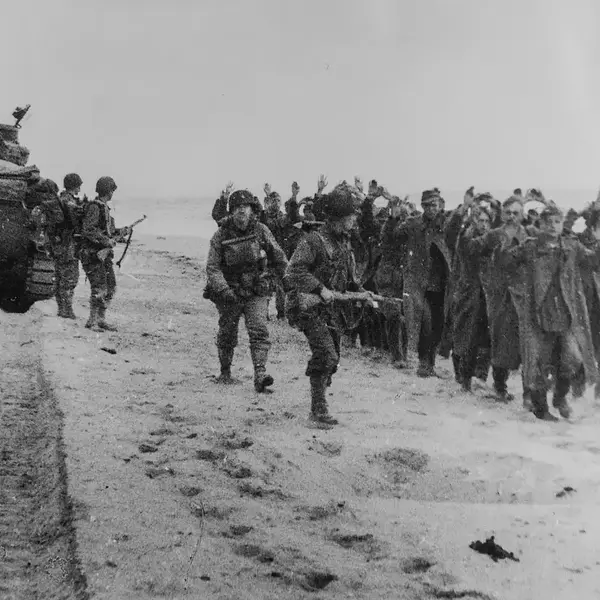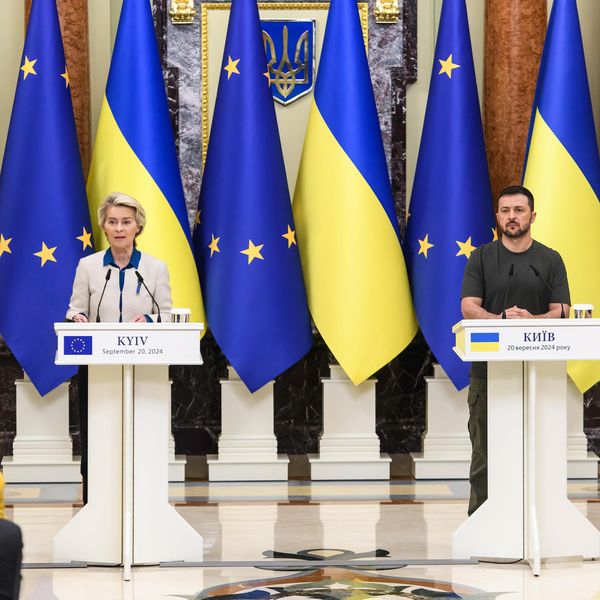Norman Solomon’s new book, “War Made Invisible: How America Hides the Human Toll of its Military Machine,” discusses components of what the public is allowed to know and what is carefully excluded from view about the perpetual wars of the post-9/11 period.
Beyond this principal topic, the book also touches on a range of subjects related to American militarism. Solomon is a journalist who has written previously about U.S. wars, most notably “War Made Easy,” a book that focused on deceitful justifications for war.
Solomon’s undertaking provides a necessary perspective for comprehending post-9/11 wars. Sustaining public support is a requirement for a global power that regularly employs its coercive instruments and is occasionally subject to democratic checks. The work of legitimation is ongoing, demanding not only a high level of concealment but also efforts to shape that which is accepted without question and considered unworthy of attention and concern.
Dissenting views challenging dominant narratives are ignored or ridiculed. Information that counters official accounts is denied, minimized, and neutralized. Leakers and even news organizations that report “top secrets” are vilified as threatening national security and face potential prosecution. The recent death of Daniel Ellsberg reminds us of the occasional courageous insider who risks everything to tell the truth about war.
Solomon demonstrates how in recent U.S. wars the violent consequences for civilians are hidden from public view. The toll — counted in deaths, injuries, destroyed infrastructure and related malnutrition and disease — is far more extensive than Americans are led to believe. Harms inflicted on civilians and their immediate environment can last for generations. Solomon is at his best in discussing how the media ignores or is complicitous in defusing these consequences. I will briefly summarize four of his most significant topics.
First, unless large numbers of U.S. troops are deployed, killed, and injured, the media pays minimal attention to the ongoing violence of America’s military operations. This includes secretive actions undertaken by Special Operations Command or the intelligence agencies, the increasing reliance on drone warfare and other kinds of airstrikes, and the expanding utilization of contractors. America’s wars without end are waged largely out of sight and out of mind.
Second, even in wars extensively covered by the media, journalists rarely report the consequences for civilians living in target nations. Solomon reviews several reasons for media complicity, including editorial control, the perceived duty among journalists to support the war effort and support the troops, journalists’ dependence on information provided by the military, and the risk of alienating their sources.
Third, and more extensively, Solomon provides documentation for media participation in promulgating a Manichean view of America’s wars. The language of good and evil, humane and inhumane, is pervasive, applied to both the necessity for war and how the enemy uses barbaric tactics in contrast to America’s civilized conduct of war. The enemy kills civilians purposely and commits other war crimes; the U.S. kills civilians only by accident, a matter of “collateral damage” — the claimed unintended, accidental, and regrettable byproduct of defeating the enemy.
Solomon counters that in fact, military strategists expect large numbers of civilian deaths as the inevitable result of war tactics and the lethality of the weapons employed in war.
In a chapter entitled “‘Humane’ Wars,” Solomon demolishes the assumption that the U.S. occupies the moral high ground. He illustrates his argument by examining the tragedy of lost lives and forced displacement resulting from two decades of war in Afghanistan and how the continuing sanctions, including freezing Afghan government accounts, are responsible for the many millions of Afghans who face life-threatening malnutrition and starvation. Solomon argues that the near total silence among the political and media establishment about these direct consequences of war by other means should undermine any claim about how the U.S. intervention was about protecting Afghan human rights.
Fourth, media personalities, coerced by editors or acting on their own, become cheerleaders for war. Celebrating war and the soldiers who “sacrifice” with life and limb often follows from journalists’ own nationalistic impulses and their infatuation with the “shock and awe” of American military power or from what they expect that their viewers or readers want to hear.
Beyond his important discussion of media-political-military collusion in sanitizing America’s wars, Solomon also touches on some other ways that America’s seemingly endless wars are legitimized and their harmful consequences ignored.
For example, he links the pervasive discounting of harms to civilians with the enduring effects of racism applied on a global scale. He comments on the contradiction between the outsized media attention given to the suffering of Ukrainian victims of Russia’s aggression in contrast to how wars and their tragic consequences outside of Europe are thought to be normal and expected. He mentions other double standards in a world of friends and enemies, such as claims about defending a “rules-based international order,” “territorial integrity” and sovereignty, citing the example of billions of dollars of military aid going to Israel despite its “systematically inhuman treatment of Palestinian people.”
Solomon also argues that the “costs of war” on American society are marginalized by the media. He includes the extent of traumatic brain injury among U.S. soldiers, domestic violence in families of post-9/11 veterans, the increase in violence more broadly, right-wing political violence, the rise of MAGA populism, the militarization of the police, and the detrimental effects of outsized military budgets on needed social spending.
American militarism depends on a culture of compliance with war. Solomon provides a valuable account through the lens of what is made invisible. His account helps readers grasp the mechanisms of invisibility and the moral consequences of refusing to grapple with the harms inflicted. Yet explaining the war culture is no easy task and requires more sustained attention than offered in this book.
If we can ever hope to dismantle this nation’s attachment to militarism, the larger challenge remains — illuminating the deep cultural and historical roots of Americans’ disposition toward war. We need to better comprehend how, despite all their horrific consequences, wars come to be seen as necessary and good, and commemorated and remembered. From myth creation (such as idolizing the warrior and the nation at war or the “indispensable” or “exceptional” qualities attributed to this nation’s global role) to the violence that has coursed through American culture from the beginning, war-making, both visible and invisible, requires and is made possible by a culture invested in war.
















